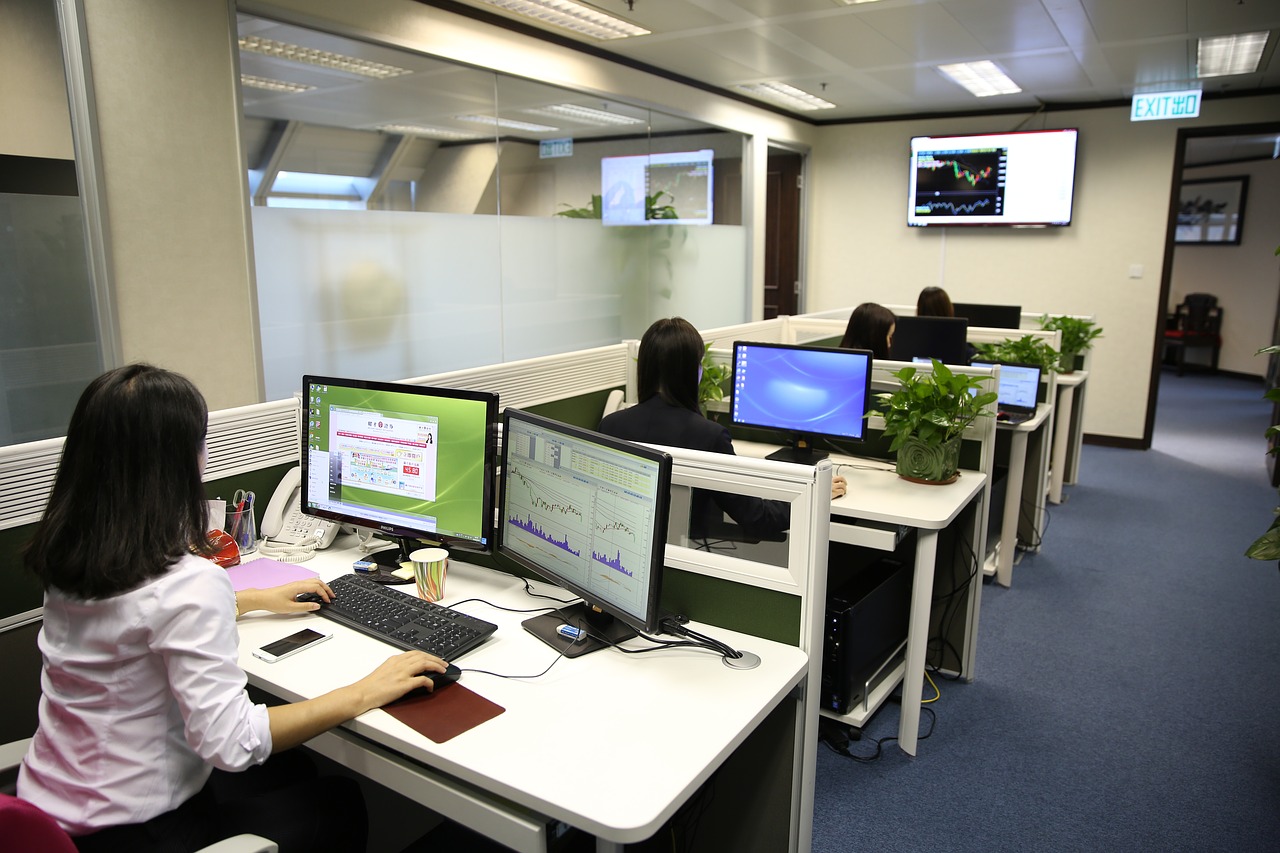Moving your business to a new location can be a hectic but exciting time. A change of scenery will be a refreshing boost to the morale of your employees. However, the relocation of your business to a new office can also pose challenges if you’re not fully prepared. Below, you will find a checklist of considerations to be mindful of while in the process of relocating.
1. Confirm A Moving Schedule
Your business office is not going to amount to a quick and easy moving job. Depending on the size of your office, it could take a few days to properly and safely move everything, or it could take weeks. Due to the complexity of relocating your business office, it’s important that you meticulously schedule the different aspects of the relocation efforts.
Designate a date for when all of the items in your current business office should be gone. This will give you a solid timeframe for moving your office equipment to the new building in a timely manner.
2. Utilize Employee Assistance
Completely relocating your entire office is going to require a lot of help. You can spend the extra money to hire professional movers to come and haul your heavy office equipment out, but there are smaller items that can be trusted to your employees for transport during the moving process.
Things like boxes of office items, small chairs, computers and accessories, televisions, tables, and personal effects can all be transported in cars or vans by your employees.
3. Use Professionals To Move Heavy Equipment
When it comes time to move heavy, ungainly office equipment, you do not want to put this burden upon your employees or upon yourself. Improperly moving heavy furniture can result in property damage and physical injuries. This is not only unhealthy for your employees, but it can also lead to some very nasty legal issues. Choose to hire a team of professional movers.
A professional moving company has staff members who are trained in proper lifting and moving techniques, which will reduce the chances of physical injuries and property damages. Additionally, professional movers possess a plethora of equipment that helps them to move heavy, bulky furniture with ease.
4. Keep Everyone Informed
Moving an entire business to a new location can make your employees and your clients a tad bit nervous. They might have questions regarding the move and if it will interfere with the work output of your company. They might be concerned that your new office location is more difficult to get to.
Be sure to keep two lines of communication open during your relocation process – internal and external. Internal communication will involve your employees and other staff members. External communication will keep your clients and investors aware of the status of the relocation and provide them a forum to voice concerns or to ask questions.
5. Create An Office Layout Plan
Your new office building is going to have a different layout. Your employees will wonder where their new work area will be. Be sure to draw up a new office layout plan to show where office departments will be located in the new building.
You can have some fun with this idea and turn it into an office newsletter to be passed out amongst the employees.

